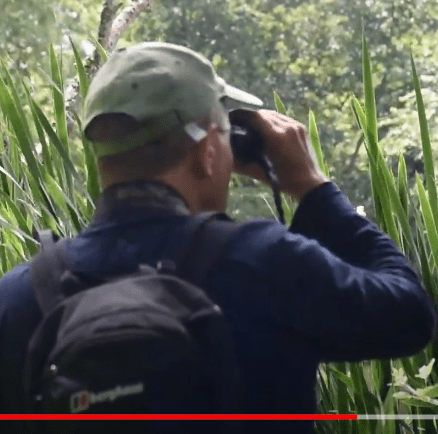Do you remember this?
The effect this upcoming spell of weather will have on Phenology events will be most interesting. Some potentially record-breaking Temperatures could occur in the South of the United Kingdom. Given some sunshine, Bees, Butterflies and Blooms will be the most likely candidates, alongside the early migrant birds brought in by the Southwesterly flow.
As ever when sticking your head above the proverbial parapet, certain things can go awry. However, did any the above happen? Nature as ever, is NOT standing still and I hereby make no apologies for the length of this post.
The 20th February saw the emergence of Seven-spot Ladybirds (Coccinella 7-punctata) and the usual date of occurrence for this bug is now 8th March, albeit based on only 6 records in my dataset.
Come the 23rd February, the Temperatures soared as anticipated and many more events came to the fore. This date saw the emergence of the first Bumblebee in my garden, most probably a queen of the Bombus terrestris variety. The rolling average date for this, based on a sample of 16 records, actually returns this very date. Remarkably earlier than usual however was the queen Wasp, given my 14 records now indicate a date of 5th April. The 23rd February also brought about the appearance of a Small Tortoiseshell butterfly (Aglais urticae) which was ahead of schedule by some five to six weeks, the usual date being around the 30th March, based on 15 individual records.
The 24th February provided evidence of first locally flowering Blackthorn (Prunus spinosa) and this is on record 14 times with a normally flowering date of 6th March. Also in evidence were nest-building Blackbirds (Turdus merula). The 6th March being normal for this event, based on my 15 records sample.
The 25th February proved a date for a First lawn cut which normally returns a date of 13th March based on 6 records. An enlightening observation was of a nest-building Robin (Erithacus rubecula). With weak evidence of this phenomenon, I only possess 4 records with an average date of 25th March. The same day (25th February) produced another wonderful event of a singing Woodlark (Lullula arborea). I have 9 records of this phenomenon, which tends to happen for the first time around the 7th March.
This concludes a busy period of observation and with the United Kingdom’s weather remaining mild; you can safely predict more Phenology events to be forthcoming.
Kind Regards
Tony Powell

You’ve made me feel guilty now for not cutting the grass yet! Do you have a date or primroses flowering? There’s a whole lot of them out here, on a bank directly facing the sea -first noticed last Friday afternoon, the day after that really sunny day.
Hi Theresa,
If I was to tell you that it was a friend’s lawn nearby, that was cut and not actually ours, would that make you feel any better? As for the Primrose, the data is on there somwehere and from memory, it was way back in December if not before. There is mention of them here – http://wp.me/p1OoP4-8y
Kind Regards
Tony Powell